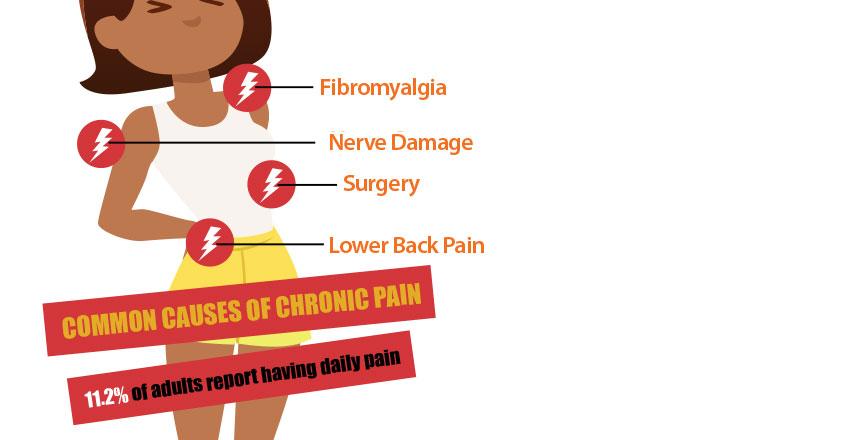Self-care 101: how well do you treat yourself?
Welcome to our self-care quiz. Self-care is crucial for maintaining your physical, mental and emotional well-being. It's about taking time to nurture yourself and prioritize your needs. Let's see how well you're doing with your self-care routine.
Question 1:
How often do you take time for yourself during the week?
a. Every day, I make self-care a priority.
b. A few times a week when I can squeeze it in.
c. Once a week or less, I'm always on the go.
Question 2:
How do you prioritize your mental health?
a. I regularly practice mindfulness, meditation or other mental health activities.
b. I try to check in with my emotions and mental state regularly.
c. I often ignore my mental needs. There's just too much to do.
Question 3:
What does your sleep schedule look like?
a. I consistently get 7-9 hours of sleep per night.
b. I get enough sleep most nights, but sometimes I stay up late.
c. My sleep schedule is irregular, and I often feel exhausted.
Question 4:
How do you handle stress?
a. I have a healthy coping mechanism that helps me manage stress effectively.
b. I try to relax and take breaks when I'm feeling stressed.
c. I often feel overwhelmed and struggle to cope with stress.
Question 5:
What do you do to unwind and relax?
a. I have hobbies or activities that help me relax.
b. I try to relax but often feel guilty for taking time for myself.
c. I rarely take time to unwind and relax.
Results:
Mostly A's: Congratulations, you're a self-care superstar. Keep up the fantastic work.
Mostly, B's: You're on the right track with your self-care, but there's always room for improvement. Keep taking those moments for yourself.
Mostly C's: It sounds like you could use more self-care. Remember, taking care of yourself is not selfish. It's necessary for your well-being.
Self-care is not a luxury. It's a necessity. Use the results of this quiz to identify areas for improvement in your self-care routine and start prioritizing yourself today.
Ready to get healthy?
Sign up for our digital newsletters to receive health tips, recipes, success stories for inspiration and information about new doctors to help you on your journey to better health.
Genesis HealthCare System’s Health and Wellness content conveniently provides accurate and helpful information. Your health history and current health may impact suggestions provided through our Health and Wellness content. Although we hope this information is helpful, it is not a substitute for your doctor's medical advice. Before making any significant changes, please consult your doctor.

Use the results of this quiz to identify areas for improvement in your self-care routine and start prioritizing yourself today.















